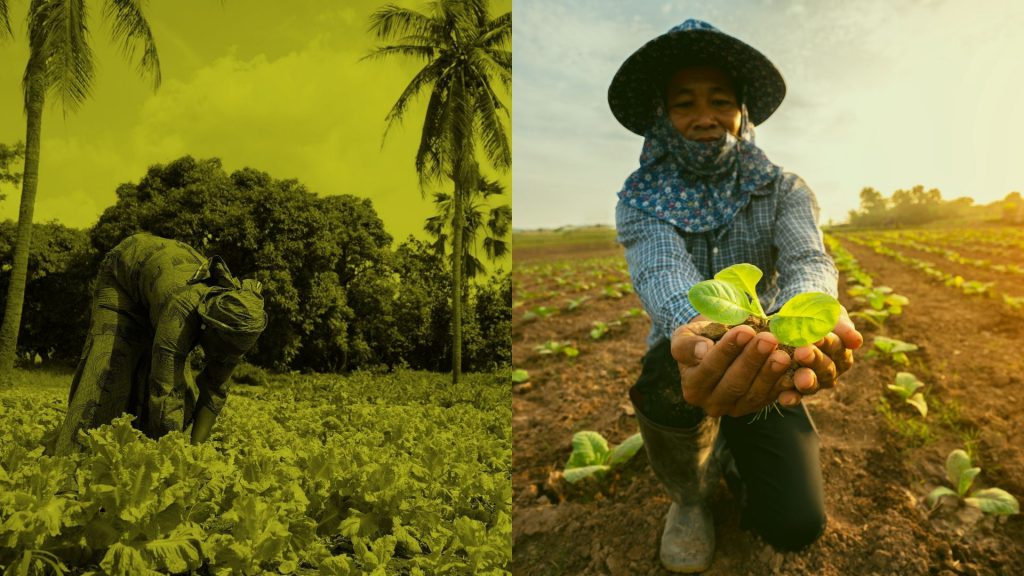Only six global seed companies state that nutritional value is a target for their breeding programs. Although this is a slight improvement on the four companies identified in 2016, increased yield and tolerance to biotic and abiotic stresses once again have the highest priority.
For vegetables specifically, shelf life is considered an important breeding target. The top four targets – increased yield, tolerance to abiotic and biotic stresses and shelf life – are relevant for farmers’ profitability. Breeding targets with relevance to consumption – local tastes and cultural preferences as well as nutritional value – are mentioned least often as a breeding priority.
Similarly, when marketing their seeds to farmers, global seed companies put most emphasis on traits related to crop growth: resistance to pests and diseases and maturity rate. Drought tolerance is highlighted about 50% of the time. Often this relates to special varieties aimed at farmers in specific regions.
For vegetables, culinary or cultural preferences and shelf life, which are seen as less relevant for field crops, are emphasized. Although slightly higher for vegetables than for field crops, nutritional value is the characteristic emphasized least in marketing.
